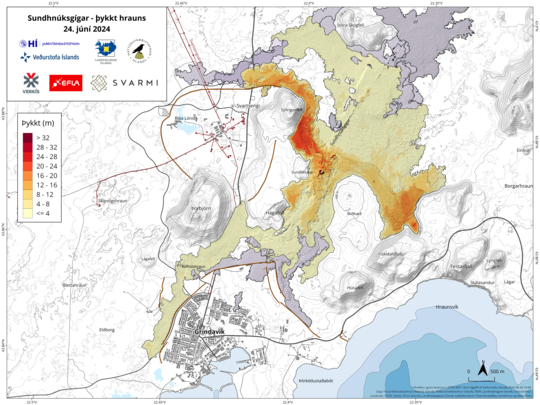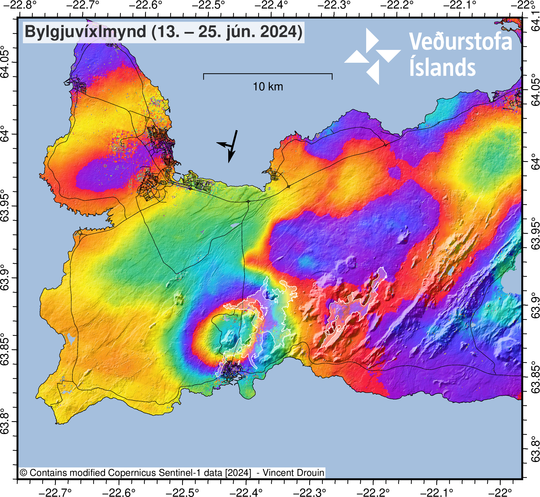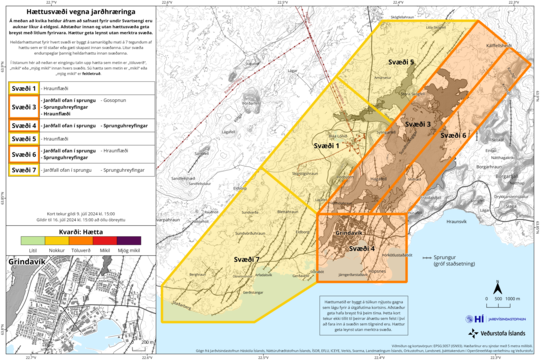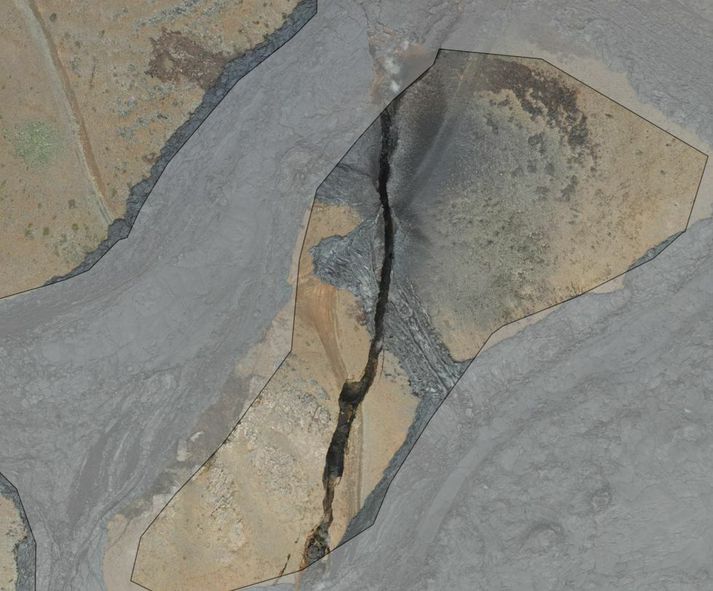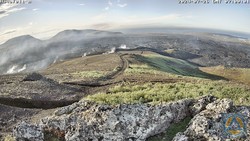- Thread starter
- #481
IMO says the eruption is over. Landrise still continues, though.
And old lava still flows. Here is RUV's update (autotranslated):
Also, yesterday there was an announcement that two boreholes on the peninsula where Keflavik Airport and the old US military base are located can supply at least survival-level geothermal backup in case the Svartsengi plant goes down -- only double-digit (°C) sources, compared with Svartsengi's robust triple-digit heat source, but it's something.
And old lava still flows. Here is RUV's update (autotranslated):
Try to cover the lava tongue with soil
The contractors at Sýlingarfell plan to try to stop the progress of the lava over the rampart by pouring soil into the opening.
Thorgils Jonsson
June 22, 2024 at 15:19 GMT,updated at 15:56
A
A
A

The contractors are working their way up to the lava line and are going to try to stem the flow by pushing material on top of the opening.The contractors at the Sýlingarfell dike are now preparing an attempt to stop the lava flow that runs over the dike by pushing soil on top of the opening...
RÚV – Ragnar Visage
Also, yesterday there was an announcement that two boreholes on the peninsula where Keflavik Airport and the old US military base are located can supply at least survival-level geothermal backup in case the Svartsengi plant goes down -- only double-digit (°C) sources, compared with Svartsengi's robust triple-digit heat source, but it's something.







